Maximising space and style: A guide to decluttering
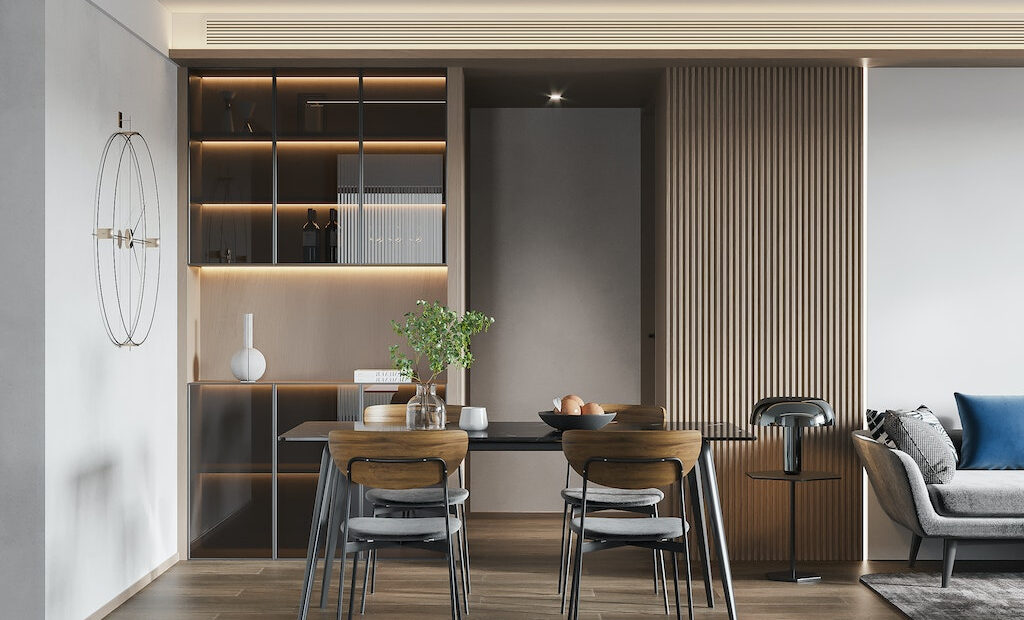
Decluttering could be the start of feeling better about home. When constant clutter leads to a sense of overwhelm – like that pile of shoes in the hallway that never seems to move – it’s often a sign that a reset is needed. Fortunately, getting organised doesn’t have to feel impossible.
With small, consistent efforts each day, it’s possible to create a calm, welcoming space that restores a sense of pride and comfort. Here’s how to start building momentum.
Give everything a place
Life with a busy household can often feel chaotic, and it’s natural for belongings to end up scattered across floors, tables, and other surfaces.
Having clear, consistent storage, however, can make daily routines run far more smoothly. From getting ready for work in the morning to managing homework in the evening, accessible organisation helps everything flow more easily.
Simple habits make a difference – keeping stationery together in one pot, storing shoes in a cupboard or under a bench, or setting expectations that toys are tidied away after play. These small systems encourage tidiness and help maintain order throughout the home.
Add shape, structure, and personality
Creating clean lines in each room helps build good habits and makes them easier to maintain. When a room looks more visually appealing, it feels more motivating to look after it and keep it tidy.
Placing rugs underneath tables can make furniture appear more purposeful without taking up extra space. Likewise, double beds can become the focal point of a bedroom when positioned parallel to wall-mounted furniture and opposite a mirror.
Large pieces of furniture, including beds, help shape a room and reflect personal style. From soft, patterned bedding to textured curtains and favourite artwork, it’s worth making the space feel truly one’s own.
Reassess the furniture
Furniture plays a bigger role than you might expect in the overall cleanliness of your home. Large and bulky units can become more of a burden in family households, especially if they’re already full.
Instead, open shelving and deeper units provide a more structured and sensible approach to how and where things belong. It helps create ‘unwritten rules’ about where items should go and how they’re put back.
For example, floating shelves make a great dual-purpose option for book storage, while fitted wardrobes can help integrate design and organisation under the same idea. It’s easier to create a welcoming home when purpose-led storage is in place.
Ready to get started? Simple swaps can make a bigger difference than constant worry about tidiness. It’s time to declutter with purpose and feel proud of where you live.
The editorial unit

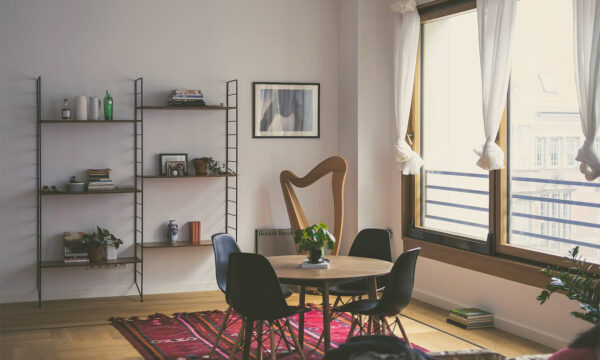
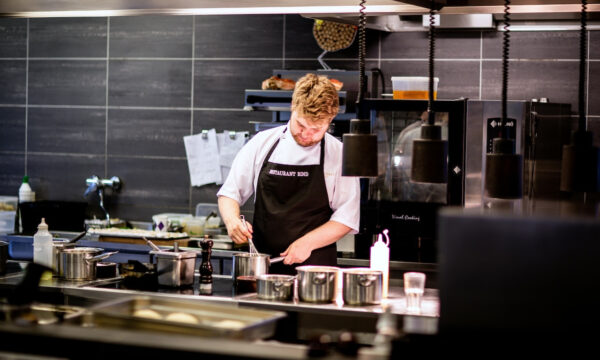



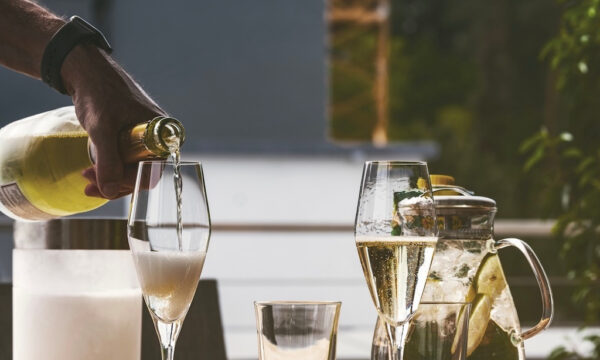
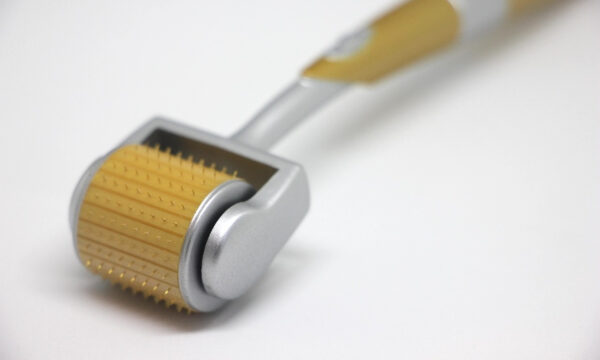






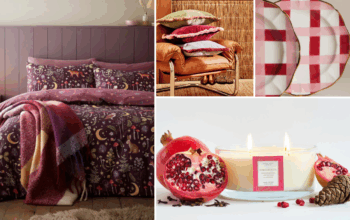










Facebook
Twitter
Instagram
YouTube
RSS